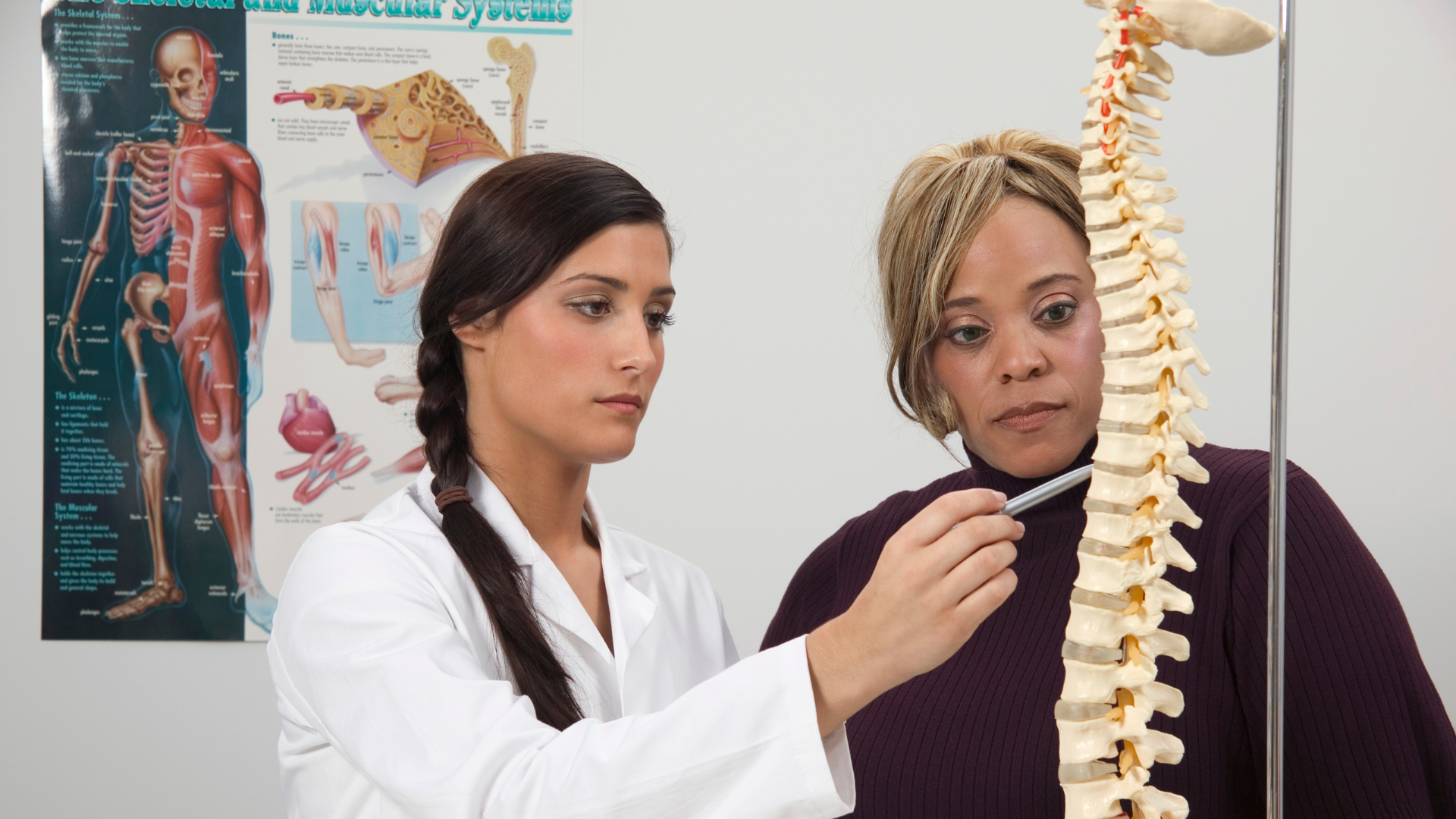Trauma or Injury and How This Relates to Sciatica

Sciatica is a condition that causes pain to radiate along the path of the sciatic nerve, which branches from your lower back through your hips and buttocks and down each leg. This condition typically affects only one side of your body. The pain can vary widely, from a mild ache to a sharp, burning sensation or excruciating discomfort. It can sometimes feel like a jolt or electric shock.
Understanding Sciatica
Sciatica occurs when the sciatic nerve becomes pinched, usually by a herniated disc in the spine, a bone spur on the vertebrae, or a narrowing of the spine (spinal stenosis). More rarely, the nerve can be compressed by a tumour or damaged by diseases such as diabetes.
Causes of Sciatica
Several conditions can cause sciatica:
- Herniated Disc: This is the most common cause of sciatica. The discs in your spine act as cushions between the vertebrae. When a disc herniates, it can press on the sciatic nerve.
- Bone Spurs: Overgrowth of bone (bone spurs) on your vertebrae can cause the spine to narrow, pinching the sciatic nerve.
- Spinal Stenosis: This condition causes the spinal canal to narrow, which can compress the sciatic nerve.
- Piriformis Syndrome: The piriformis muscle is a small muscle located deep in the buttocks. When this muscle spasms or becomes tight, it can compress the sciatic nerve.
- Trauma or Injury: Direct trauma to the lower back or spine can cause sciatica. This can include falls, car accidents, or sports injuries that impact the spine and its surrounding tissues.
How Trauma or Injury Relates to Sciatica
Trauma or injury to the lower back or spine is a significant cause of sciatica. Here’s how these incidents can lead to sciatica:
Direct Impact: When a direct impact occurs to the lower back, it can result in damage to the structures that surround the sciatic nerve. This includes muscles, ligaments, and discs. For instance, a fall or a heavy blow to the lower back can cause:
- Herniated Discs: Sudden trauma can cause the inner gel-like core of a disc to push out through its tougher outer layer, pressing on the sciatic nerve.
- Fractures: A spinal fracture can lead to the displacement of bone fragments that may impinge on the nerve.
Indirect Consequences
Injuries can also have indirect effects that contribute to sciatica. For example:
- Inflammation: Trauma often leads to inflammation, which can result in swelling around the sciatic nerve. This swelling can compress the nerve, leading to pain.
- Scar Tissue: Healing from an injury can result in the formation of scar tissue. If this tissue forms near the sciatic nerve, it can cause irritation or compression.
Chronic Conditions
In some cases, trauma can lead to long-term changes in the spine that result in chronic sciatica. For example, a severe injury might accelerate the degeneration of spinal discs, leading to conditions such as:
- Degenerative Disc Disease: Over time, the discs lose hydration and flexibility, which can cause disc herniation and nerve compression.
- Osteoarthritis: Trauma can contribute to the development of osteoarthritis in the spine, leading to the formation of bone spurs and narrowing of the spinal canal.
Managing Sciatica Caused by Trauma
Treatment for sciatica resulting from trauma varies depending on the severity and nature of the injury. Common approaches include:
- Medications: Pain relievers, anti-inflammatory drugs, and muscle relaxants can help manage pain and inflammation.
- Physical Therapy: Targeted exercises and stretches can strengthen the muscles supporting the spine and alleviate nerve compression.
- Surgery: In severe cases, surgical intervention may be necessary to remove the source of nerve compression.
Preventing Sciatica from Trauma
While it may not always be possible to prevent trauma, certain measures can reduce the risk of developing sciatica from injuries:
- Proper Lifting Techniques: Use your legs, not your back, when lifting heavy objects to avoid straining your spine.
- Protective Gear: Wearing appropriate protective gear during sports or activities with a high risk of falls or impacts can help safeguard your spine.
- Strengthening Exercises: Regular exercises that strengthen the core and back muscles can provide better support for your spine, reducing the risk of injury.
Trauma or injury is a significant factor that can lead to sciatica. Understanding how these incidents affect the spine and the sciatic nerve is crucial for effective treatment and prevention. If you suspect that an injury has caused sciatica, it is important to seek medical attention to determine the best course of action and to prevent further complications. With proper care and management, it is possible to alleviate the pain and regain normal function.
For more information on how chiropractic care can help manage sciatica and other conditions, visit our website. If you are experiencing sciatica and would like to consult a professional, you can book your first visit here. Don’t hesitate to submit a form and get in touch with Thame Chiropractic Clinic for expert advice and treatment.

